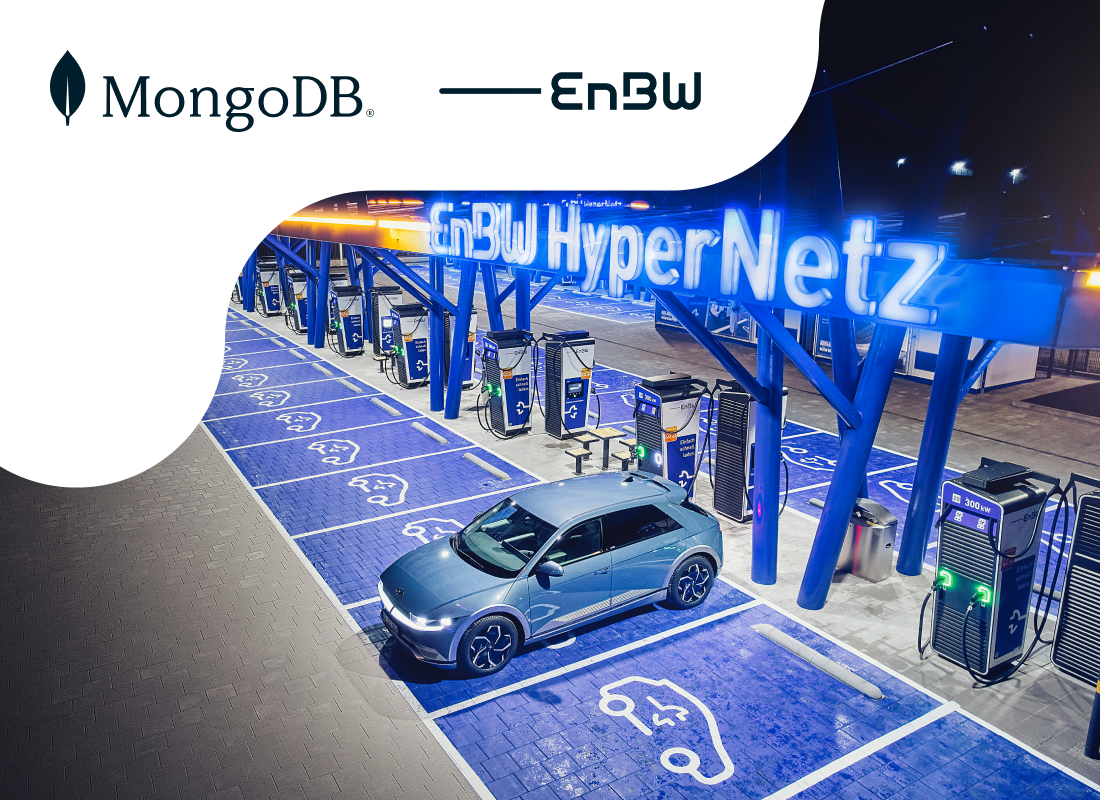EnBW deploys MongoDB to help lead the charge to carbon neutrality net zero
Fast and flexible infrastructure management keeps German e-mobility market leader on track to achieve high availability and performance.


“Our development teams are strongly networked and we make sure there is a uniform technology at all levels. When developing new components, we use MongoDB wherever possible.”
Steffen Wagner
IT System Architect, EnBW
IT System Architect, EnBW

“The document database in MongoDB gives you a lot of flexibility. If you add new information or expand objects, it works very well.”
Steffen Wagner
IT System Architect, EnBW
IT System Architect, EnBW
Take the next step
Get access to all the tools and resources you need to start building something great when you register today.
.svg)